Description
Choosing the right fabric for hospital door curtains is crucial, as it impacts hygiene, privacy, and overall functionality.
Here’s a breakdown of key factors to consider:
Material
- Antimicrobial properties: Yes, antimicrobial fabric is highly recommended for medical door curtains. This inhibits the growth of bacteria and mildew, preventing the spread of germs. Common antimicrobial fabrics include polyester blends, nylon, and vinyl-coated options.
- Durability: The fabric should withstand frequent cleaning and sanitization without losing its shape or color. Opt for tear-resistant and abrasion-resistant materials.
- Flame retardancy: Fire safety is paramount in hospitals. Choose curtains that meet flame retardancy standards to minimize fire hazards.
- Washability: Easy cleaning is essential. Look for machine-washable fabrics or wipeable materials.
- Weight: Consider the curtain’s weight and how it affects opening and closing ease. Lightweight to medium-weight fabrics are ideal for door curtains.
Additional factors
- Privacy: Opt for opaque fabrics or double layers for adequate privacy in patient rooms and examination areas.
- Light control: Depending on the room’s needs, choose light-filtering or blackout fabrics.
- Aesthetics: While functionality reigns supreme, consider color and patterns that create a calming and pleasant environment for patients and staff.
Hanging methods
- Grommets: Metal grommets with sliding hooks are a popular choice, offering easy installation and smooth gliding.
- Curtain tracks: Tracks provide a sleek and stable hanging system, ideal for heavier curtains or high-traffic areas.
- Ceiling-mounted systems: These offer unobstructed doorways and are suitable for specialized areas like operating rooms.
Remember: Consult with healthcare facility guidelines and infection control specialists when making final decisions about hospital door curtains.
Here are some additional tips:
- Purchase curtains from reputable medical supply companies that ensure adherence to relevant safety and hygiene standards.
- Regularly inspect and replace curtains that show signs of wear or tear, damage, or decreased antimicrobial effectiveness.
- Train staff on proper cleaning and maintenance procedures for the chosen curtains.
By carefully considering these factors, you can choose the best fabric and hanging method for your hospital door curtains, promoting a safe, hygienic, and comfortable environment for everyone.
The role of hospital door curtains
Hospital door curtains play a multitude of vital roles in the healthcare environment, contributing to patient well-being, staff efficiency, and overall infection control. Let’s delve into their key functions:
Privacy and Dignity
- Patient privacy: Curtains create a physical and visual barrier, ensuring privacy during examinations, treatments, and personal moments. This fosters patient dignity and reduces stress, especially in vulnerable situations.
Infection Control
- Barrier against pathogens: Hospital curtains can impede the spread of airborne germs and microorganisms between patients, staff, and visitors. This is particularly crucial in isolation rooms and areas with immunocompromised individuals.
- Easy cleaning and disinfection: Antimicrobial fabrics and wipeable surfaces facilitate proper cleaning and disinfection, further minimizing the risk of cross-contamination.
Environmental Control
- Light and temperature regulation: Curtains can help regulate light levels, creating a calming ambiance or blocking out glare for patient comfort. Some fabrics offer thermal insulation, maintaining a comfortable temperature within rooms.
- Noise reduction: Soundproof curtains can dampen noise from busy hallways or equipment, minimizing disruptions and promoting a quieter environment for rest and recovery.
Workflow and Efficiency
- Visual organization and designation: Different curtain colors or patterns can be used to visually demarcate specific areas within the facility, such as patient rooms, staff stations, or restricted zones. This aids in efficient navigation and workflow.
- Maintaining sterility: In operating rooms and other sterile areas, specialized curtains can create temporary barriers, restricting access and maintaining a controlled environment.
Aesthetics and Comfort
- Creating a calming atmosphere: Choosing soothing colors and patterns for curtains can contribute to a more pleasant and relaxing environment for patients and staff, reducing anxiety and promoting well-being.
- Branding and personalization: Curtains can be customized with hospital logos or calming nature scenes, adding a touch of personalization and reflecting the facility’s brand identity.
Additional factors
- Fire safety: Hospital curtains must comply with fire safety regulations to minimize the risk of fire hazards. Flame-retardant fabrics are essential.
- Durability and maintenance: Curtains should withstand frequent use and cleaning without losing their functionality or aesthetic appeal. Easy-to-maintain materials are crucial.
In conclusion, hospital door curtains serve far more than just decorative purposes. They play a critical role in safeguarding patient privacy, controlling infections, ensuring a comfortable environment, and optimizing workflow within the healthcare setting. Choosing the right fabric, hanging method and design considerations significantly impact the curtains’ effectiveness and contribution to the overall well-being of patients and staff.
Veterinary examination rooms
Veterinary examination room door curtains should indeed have some special considerations compared to regular hospital curtains.
Here are some key aspects to keep in mind.
Material
- Durability: Similar to regular hospital curtains, veterinary curtains need to withstand frequent cleaning and disinfection, as well as potential scratches or tears from pets. Choose highly durable materials like polyester blends, nylon, or even canvas.
- Antimicrobial properties: While not as critical as in human hospitals, antimicrobial fabric is still beneficial for preventing the spread of germs between animals. Consider it if your clinic sees a high volume of patients or deals with animals particularly prone to infections.
- Washability: Easy cleaning is essential. Machine-washable fabrics or wipeable materials are crucial for efficient stain removal and hygiene maintenance.
- Water resistance: Accidents happen, especially with excited or anxious pets. Consider water-resistant fabrics to manage potential spills and splashes.
Additional factors
- Pet-friendliness: Avoid fabrics with potentially harmful materials like lead or heavy metals, and opt for options that won’t snag or easily shred with playful claws.
- Soundproofing: Thick soundproof fabrics can help drown out barking, meows, and other animal noises, creating a calmer environment for examinations.
- Visual appeal: Choose colors and patterns that are calming and not overly stimulating for animals. Light patterns might be preferable to avoid scaring skittish pets.
- Visibility: Some clinics prefer semi-opaque curtains that allow staff to observe animals in waiting areas without causing undue stress.
Hanging methods
- Sturdy tracks: Tracks offer a stable and reliable option, especially for heavier curtains or high-traffic areas.
- Breakaway systems: Consider breakaway curtain hooks at the top to prevent injuries if a pet becomes entangled.
- Bottom weights: Weighted hems can help keep curtains in place and prevent flapping, which might scare some animals.
Additional tips
- Install curtains that can be easily opened and closed with one hand, allowing staff to manage them while handling pets.
- Consider using shorter curtains, especially in examination rooms, to prevent pets from hiding underneath.
- Regularly inspect and replace curtains that show signs of wear and tear, damage, or decreased hygiene effectiveness.
By incorporating these special considerations, you can choose veterinary examination room door curtains that contribute to a safe, comfortable, and efficient environment for both animals and staff.


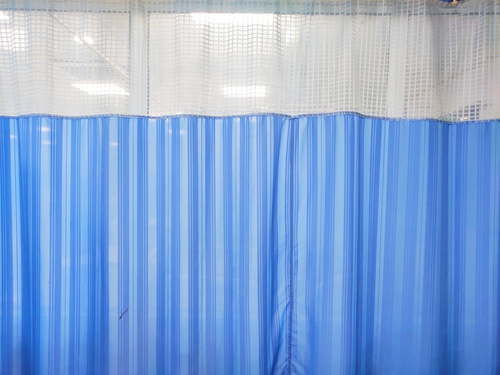
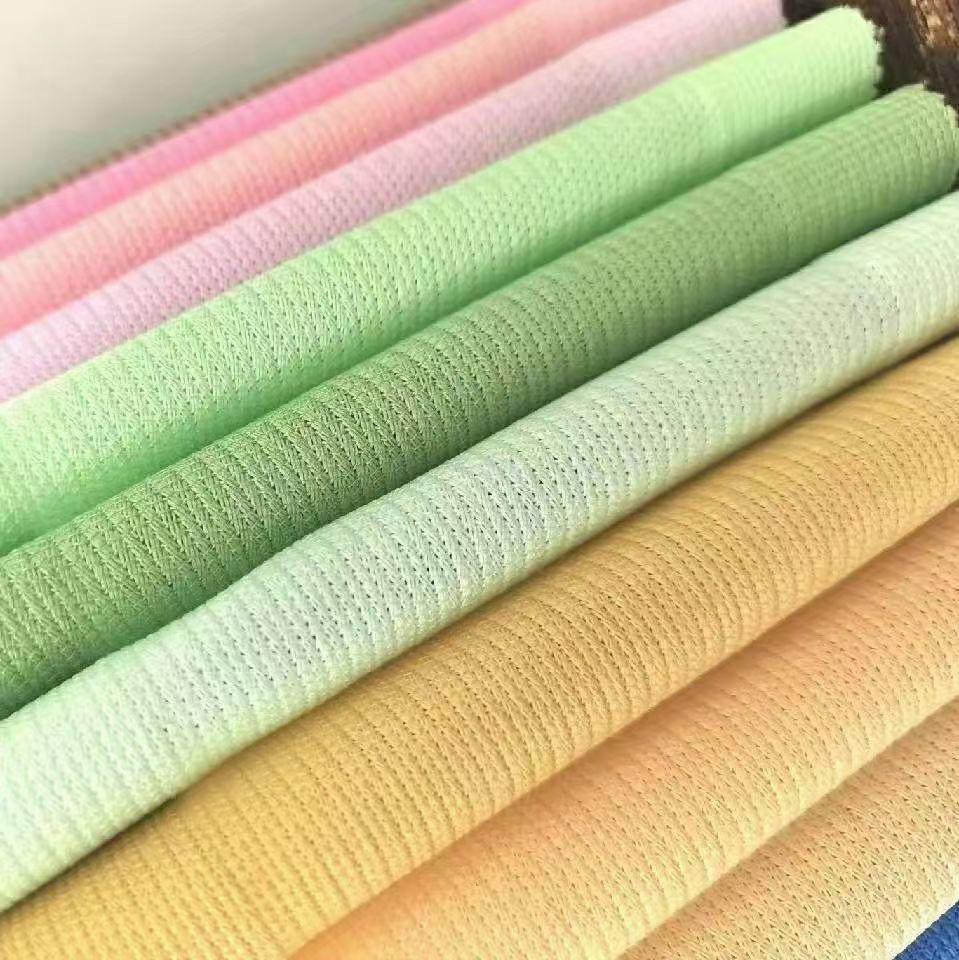

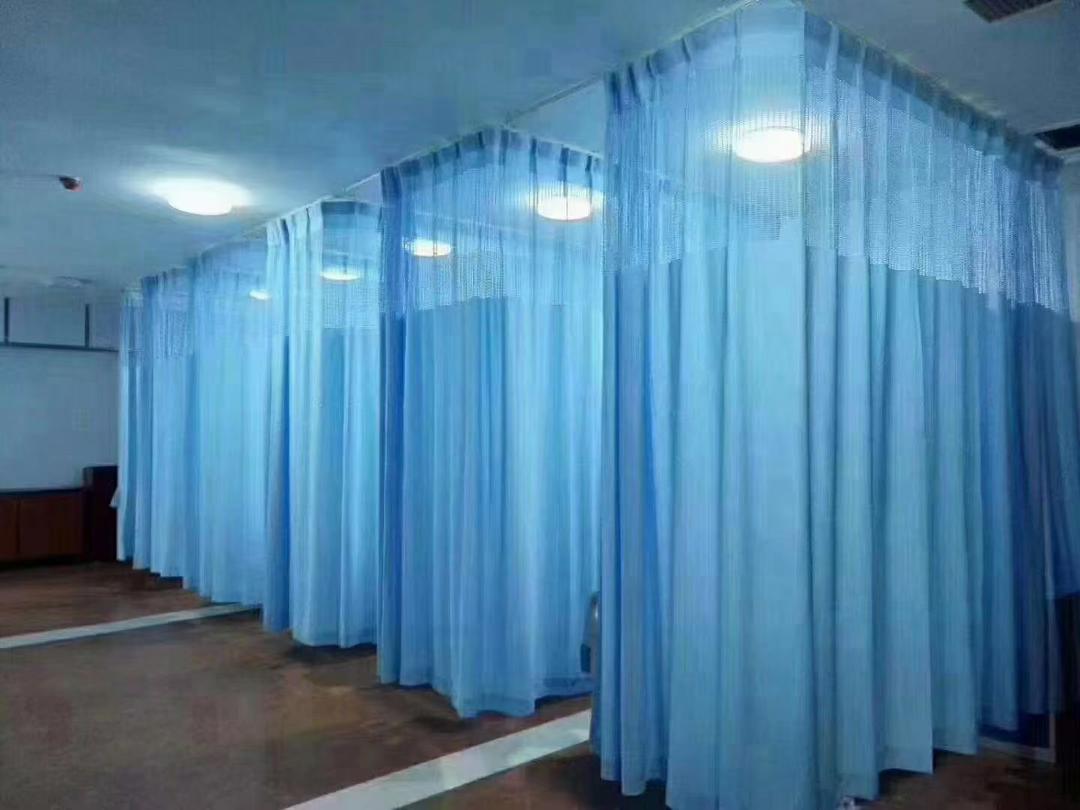
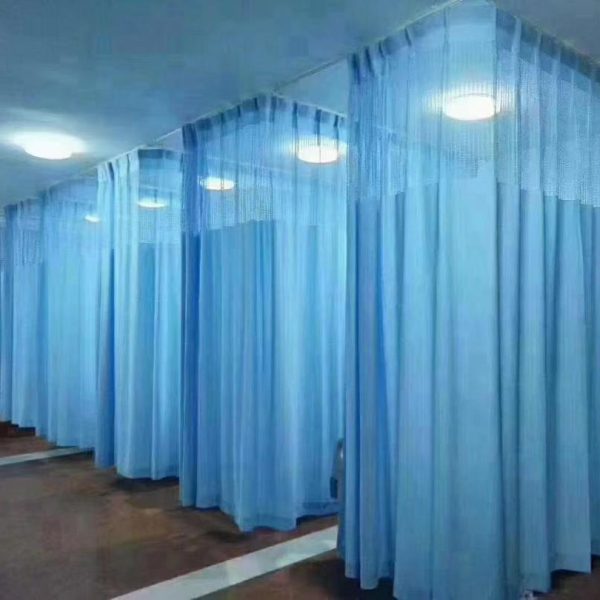
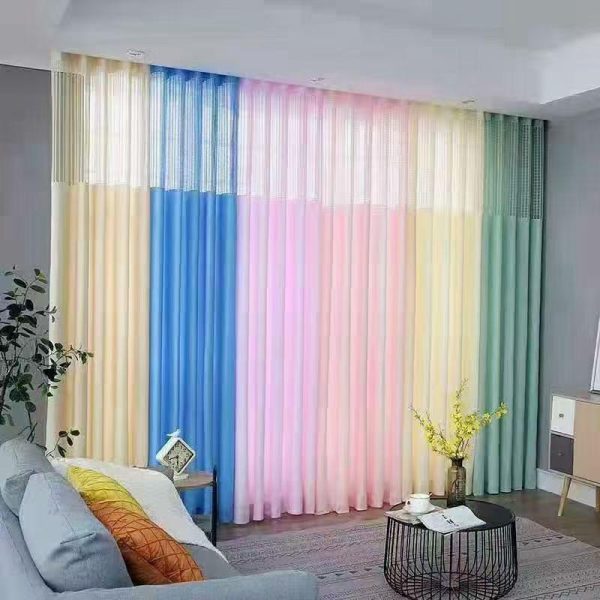
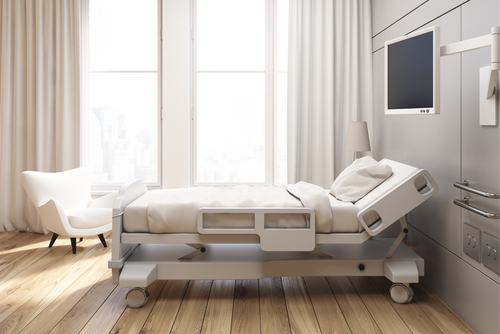
Reviews
There are no reviews yet.